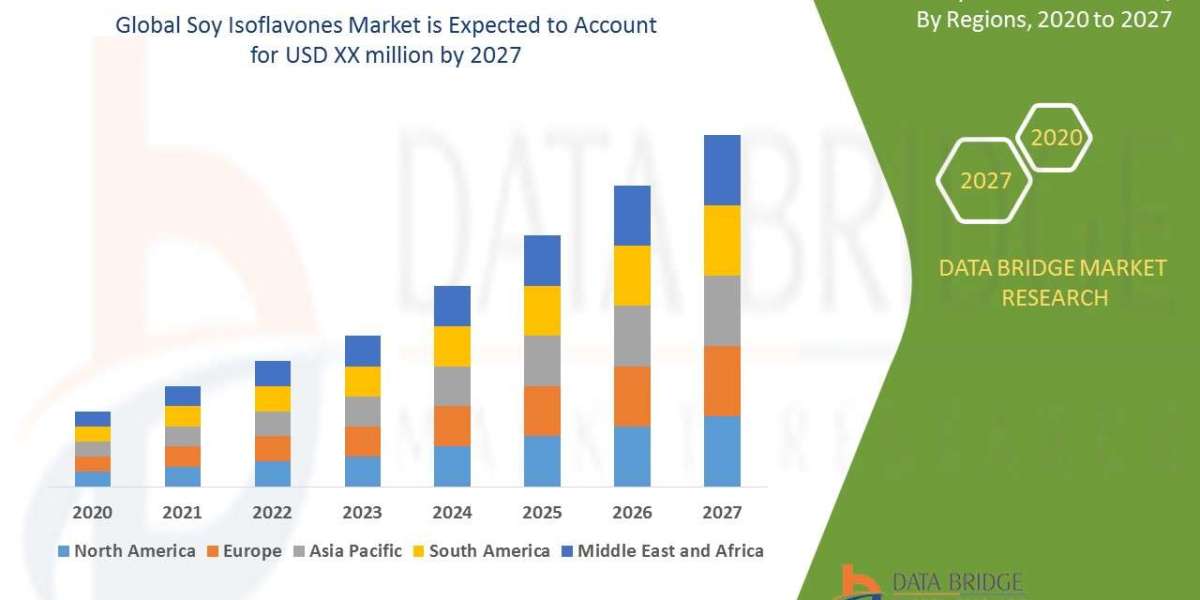Emerging Treatments for Aplastic Anemia in 2025
Aplastic anemia, a rare but serious blood disorder, occurs when the bone marrow fails to produce sufficient blood cells, including red blood cells, white blood cells, and platelets. This leads to symptoms like fatigue, infections, and easy bruising or bleeding. Traditional treatments for aplastic anemia have ranged from blood transfusions to immunosuppressive therapies and bone marrow transplants. However, as we step into 2025, the treatment landscape is evolving rapidly, thanks to groundbreaking advances in medical technology, stem cell therapies, gene therapies, and personalized medicine. This blog delves into some of the most promising emerging treatments for aplastic anemia that could revolutionize patient outcomes in the near future.
1. Stem Cell Therapy: A Beacon of Hope
Stem cell therapy has emerged as one of the most promising treatments for aplastic anemia in recent years. The concept involves using healthy stem cells to regenerate the bone marrow, allowing it to produce the necessary blood cells that the body requires. There are two main types of stem cell transplants for aplastic anemia: autologous (using the patient’s own stem cells) and allogeneic (using stem cells from a donor).
In 2025, advancements in stem cell research are improving the success rates of these transplants. One such advancement is the refinement of haploidentical stem cell transplants. Unlike traditional bone marrow transplants, haploidentical transplants use stem cells from a partially matched family member, reducing the time needed to find a suitable donor. This is particularly beneficial for patients who lack a perfect match in traditional donor registries.
Moreover, recent developments in induced pluripotent stem cells (iPSCs), which are derived from adult cells, could potentially help create personalized stem cell treatments without the need for a donor match. This would greatly reduce the risks of rejection and graft-versus-host disease (GVHD), a common complication of stem cell transplants.
2. Gene Therapy: Targeting the Root Cause
Gene therapy is another frontier that is making waves in the treatment of aplastic anemia. Gene-editing technologies like CRISPR-Cas9 are at the forefront of this revolution. In gene therapy, scientists modify the genetic material of the patient’s cells to correct the underlying defect causing aplastic anemia. For example, in cases where aplastic anemia is caused by inherited genetic mutations, such as in Fanconi anemia or Dyskeratosis congenita, gene therapy aims to repair or replace faulty genes, allowing the bone marrow to function normally.
By 2025, clinical trials on gene therapy for aplastic anemia are expected to yield promising results. Initial trials have shown that gene therapy can help restore the function of bone marrow in patients with specific genetic disorders associated with aplastic anemia. One such example is the treatment of severe inherited aplastic anemia with CRISPR-based therapies, where genetic modifications are made to hematopoietic stem cells, allowing the cells to thrive and produce blood cells.
The potential benefits of gene therapy are immense: it could provide a long-term or even permanent solution, reducing the need for repeated transfusions or immune-suppressive treatments. While still in the experimental phase, gene therapy could significantly change the future of aplastic anemia treatment, offering a personalized and tailored approach that addresses the root cause of the disease.
3. Immunosuppressive Therapy: More Targeted, Less Toxic
Immunosuppressive therapy (IST) has long been one of the standard treatments for aplastic anemia, particularly in patients who are not candidates for a bone marrow transplant. This therapy involves suppressing the immune system to prevent it from attacking the bone marrow, allowing it to recover. In the past, immunosuppressive drugs such as antithymocyte globulin (ATG) and cyclosporine have been commonly used. While these treatments are effective for many patients, they often come with significant side effects, including a weakened immune system, increased risk of infections, and the need for long-term use of steroids.
In 2025, emerging research is focused on making immunosuppressive therapies more targeted and less toxic. One promising development is the use of monoclonal antibodies to selectively target and modulate the immune response. For example, eltrombopag, a thrombopoietin receptor agonist, is an FDA-approved drug that has shown promising results in increasing platelet counts in patients with aplastic anemia. Newer monoclonal antibody therapies that target specific immune cells could offer more effective treatment with fewer side effects.
Furthermore, chimeric antigen receptor T-cell (CAR-T) therapy, which has been a breakthrough in the treatment of cancers like leukemia, is being explored for its potential in treating aplastic anemia. By genetically modifying a patient’s T-cells to target specific immune components that are attacking the bone marrow, CAR-T therapy could become an effective option for severe cases of aplastic anemia.
4. Targeted Small Molecules: New Pill Options
Another emerging class of treatments for aplastic anemia involves the use of targeted small molecules. These molecules are designed to act on specific pathways in the body that are implicated in the disease. One promising example is ruxolitinib, a Janus kinase (JAK) inhibitor that is currently being explored as a treatment for myelofibrosis and other bone marrow disorders. In early trials, ruxolitinib has shown the ability to improve blood cell counts in patients with aplastic anemia by targeting the inflammatory pathways that hinder bone marrow production.
Such small molecules have the potential to be administered orally, offering a less invasive treatment option compared to stem cell transplants or immunosuppressive therapy. With the growing focus on precision medicine, these drugs can be tailored to target the specific mechanisms of disease in individual patients, minimizing side effects and enhancing treatment efficacy.
5. Improved Supportive Care and Transfusion Strategies
While not a direct treatment for aplastic anemia, advances in supportive care are improving the quality of life for patients. In 2025, better blood transfusion protocols and growth factor treatments are being employed to help manage the symptoms of aplastic anemia more effectively. For instance, erythropoiesis-stimulating agents (ESAs) can stimulate the production of red blood cells in patients who have low counts. These agents, combined with platelet transfusions and antibiotic treatments, offer essential support while patients undergo more intensive therapies.
Conclusion: A New Era of Treatment
As we look ahead to 2025, the treatment landscape for aplastic anemia is entering an exciting new phase. Stem cell therapies, gene therapy, targeted small molecules, and more refined immunosuppressive treatments are providing new hope for patients with this challenging condition. These innovative therapies are not only improving survival rates but also offering more personalized, less toxic, and more effective treatment options.
While many of these treatments are still in the research phase, the progress made so far suggests that the future of aplastic anemia treatment will be far brighter than ever before. With continued investment in research and development, it’s likely that 2025 will mark the beginning of a new era in the management of this rare but serious disorder, improving outcomes and the quality of life for countless patients worldwide.













